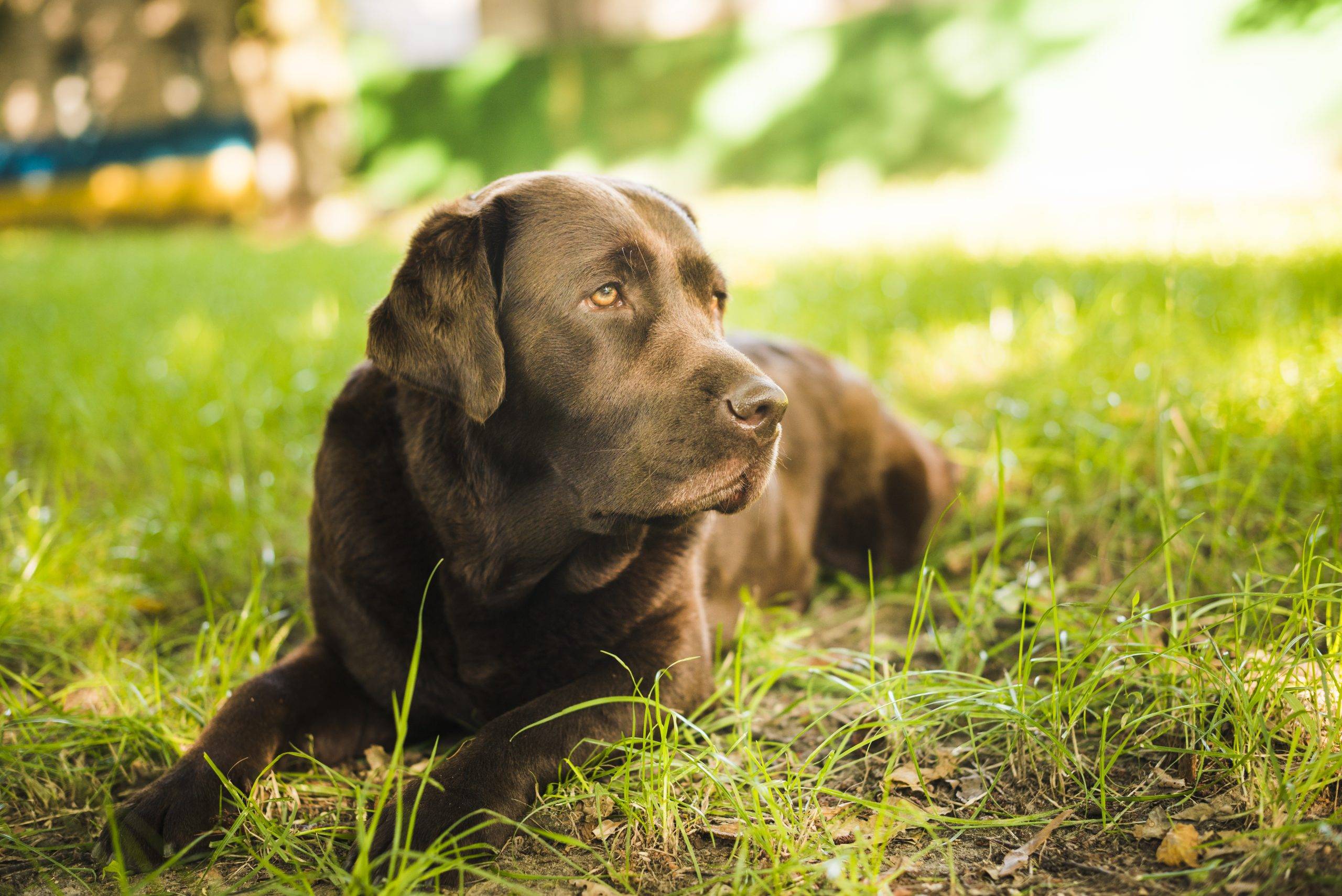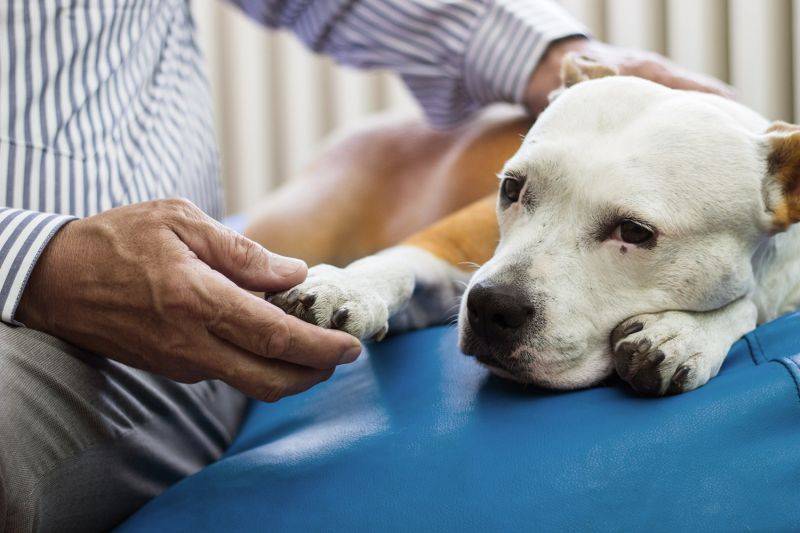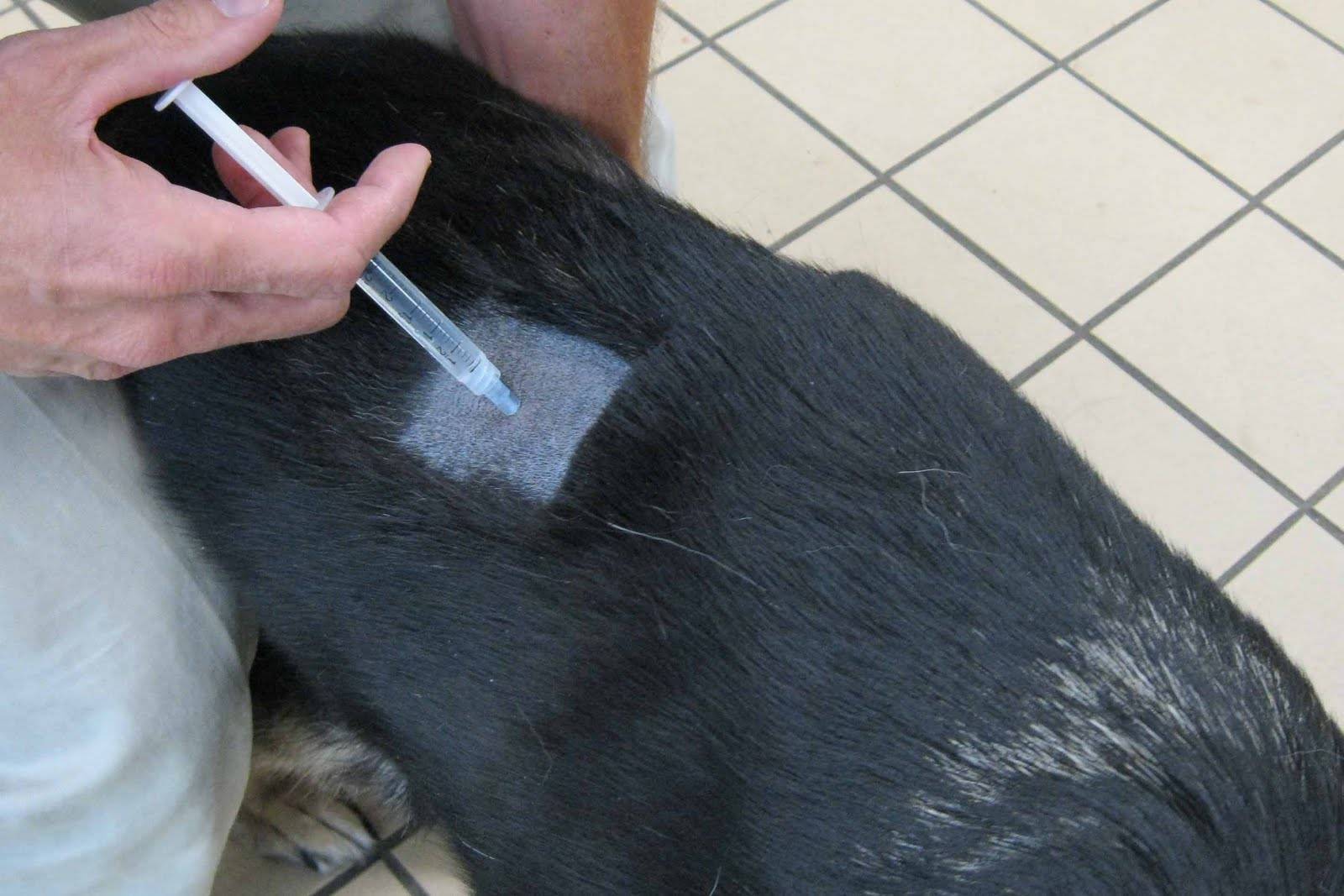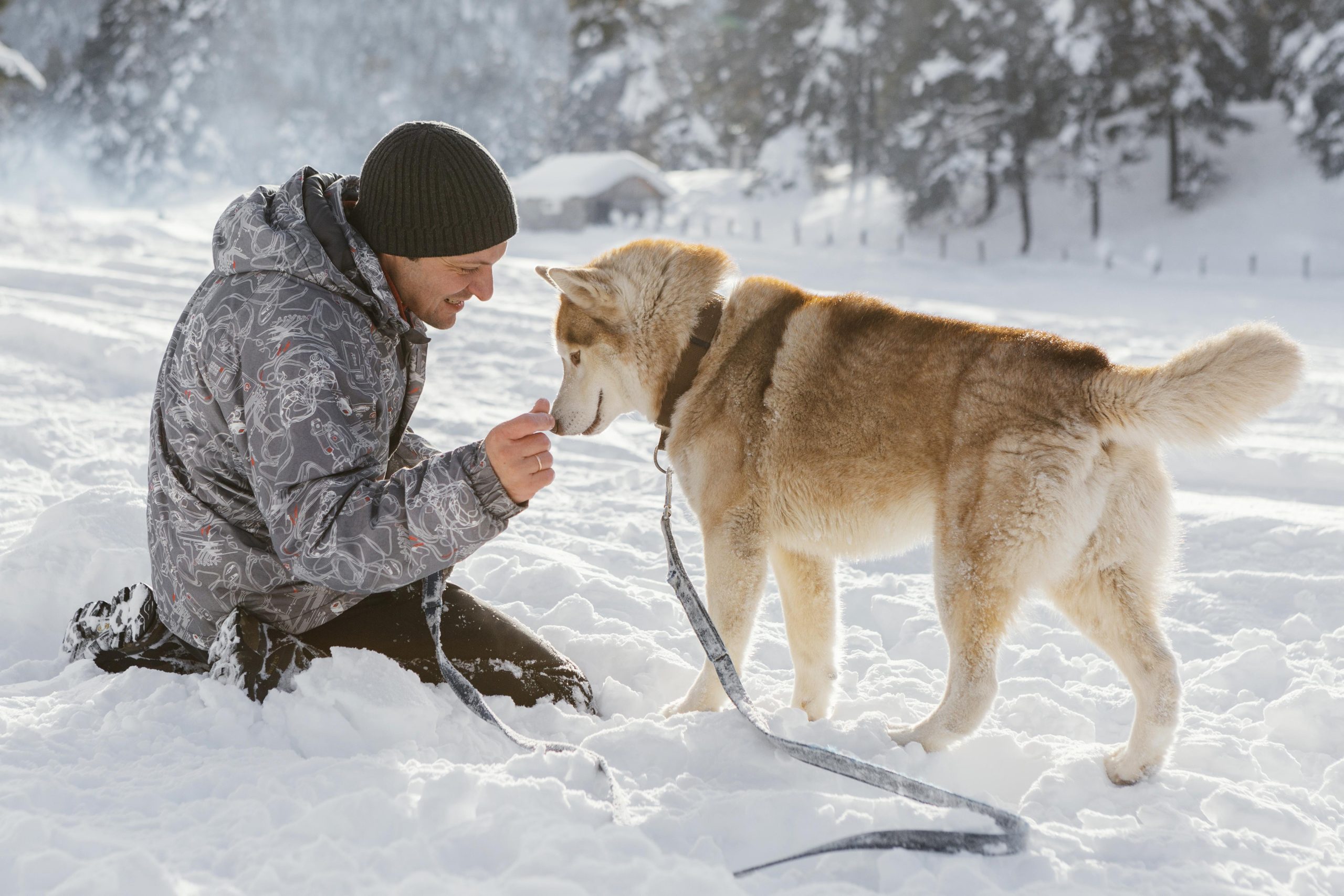Your dog loves to sniff in the fresh air, but cold weather restricts it! Just like we’re affected by the cold, our dogs are, too. Snow, sleet, ice, and wind can cause damage to the overall health of our beloved pets. It’s important to keep in mind that our pets need extra protection when it comes to cold weather. As a responsible pet owner, we must make some immediate adjustments to your pet’s routines that help them cope and enjoy the winters as comfortably as we do.
Can My Pet Have a Cold?
Yes, a dog may catch a cold! The harsh winter makes them experience respiratory infections and other illnesses that may exhibit symptoms similar to a cold. Your dog may have a cold if he suffers from coughing, sneezing, nasal discharge, and lethargy. Let’s unfold some ways cold weather can impact your dog’s well-being and explore preventative measures to keep your furry friends safe and warm even in extreme conditions.
1. Frostbites
Cold weather usually puts your dog at risk of frostbite, especially on their ears, paws, and tail. Frostbite happens when the skin and underlying tissues get frozen in extreme fridge conditions. Dogs with thin cats are more vulnerable.
Recognizing Symptoms of Frostbite
- Pale or gray skin in affected areas
- Coldness to the touch,
- Pain and discomfort with touch
To prevent frostbite or care for your dog during frostbite, the major step is to limit the outdoor time of your pet in extreme cold weather. Provide them warm, dry, and cozy shelter to fight with extreme weather. You also need to outfit your dog with some protective clothing such as jackets and booties to keep them warm. Be vigilant and inspect your pet’s extremities for signs of frostbite and if you suspect any sign of frostbite, promptly consult with a veterinarian for timely treatment.
2. Hypothermia
In severe cold, pets often find it difficult to regulate their body temperature. Usually, your dog’s body temperature falls below the normal range due to prolonged exposure to cold weather, wet fur, or windy conditions. Certain breeds like Yorkshire Terrier and other toy breeds, older dogs, and those with pre-existing health conditions are at a higher risk of developing hypothermia.
Recognizing Symptoms of Hypothermia
The common symptoms of hypothermia are:
- Shivering
- Slowed or labored movements
- Weakness or lethargy
- Cold ears and feet
- Muscle stiffness
To prevent and care for this condition provide your dog a warm and insulated dog bed or blanket indoors. Limit their outdoor activities in extreme weather and use dog jackets or sweaters to retain their body temperature. In case of hypothermia, it’s best to seek veterinary advice promptly. Medical assistance helps your pet in swift recovery without compromising the quality of their health.
3. Increased Joint Stiffness and Discomfort
In colder weather, dogs, especially seniors or those with arthritis may experience increased stiffness in their joints. The cold, damp weather can generate an inflammatory response in the joints, causing the tissues to swell, which then puts pressure on the nerves. This condition can lead to joint discomfort and make basic movements pretty challenging for your dog. Reduced water intake causes dehydration and worsens joint discomfort. Moreover, cold weather may limit the amount of exercise your pet gets in the winter, which results in inactivity causing joint stiffness and discomfort.
Recognizing Symptoms of Joint Stiffness and Discomfort
- Decreased activity level
- Unwillingness to play or exercise
- Stiff movement, especially difficulty moving from sitting or lying down to standing (or vice versa)
- Limping or lameness when walking
- Changes to how your pet sits, such as leaving a leg extended
Make your pet mobile. Provide a safe indoor space where your pet can safely perform their activities. Regular and gentle exercises can help relieve the stiffness. You may also ensure proper hydration of your pet and provide them with joint supplements to ensure your dog’s comfort and mobility during the winter.
4. Slippery Icy Surfaces & Exposure to Toxins
It’s common for dogs to slip on Icy or wet surfaces during winter. Slippery surfaces increase the risk of joint injuries or can cause strain. During the winter months, antifreeze is commonly used. The type of salt used to melt ice, typically calcium or sodium chloride, can not only irritate the pads of your dog’s feet but could also lead to potential poisoning if ingested. Plus, deicing chemicals on sidewalks and roads, toxic winter plants, and berries, along with mold and mildew growth in damp conditions, can contribute to health hazards for dogs.
Safeguarding your Dog
To safeguard your pet against falling incidents. It’s wise to provide traction mats and use booties for added grip. Be cautious during walks and choose routes with less slippery terrain to keep your pet safe from accidental slips and falls. Thoroughly clean your dog’s paws after every walk to avoid any health issues.
5. Increased Risk of Disorientation
Dogs heavily rely on their powerful sense of smell to navigate their surroundings and establish a sense of direction. Snow, ice, and the elements associated with winter weather can mask the usual scents that dogs use to identify locations, objects, and even their territory. This sensory disruption can lead to a heightened risk of disorientation for your dog.
Don’t Lose Your Pet
To reduce the chances of your dog getting disoriented during winter weather, avoid letting your dog roam off-leash in unfamiliar or open areas. Restrict your dog’s outdoor activities to leashed walks or enclosed areas where they are less likely to wander too far. Additionally, provide your dog with a distinct identification and keep a watchful eye when your dog is outside, especially during storms or snowy conditions.
6. Altered Metabolism
As the temperature drops, your pet burns more calories to produce energy. This energy is used to regulate the body temperature. This change in metabolism may also affect your pet’s weight. You may witness a slight fluctuation in the body weight of your dog. They may shed a few pounds or gain some extra. Keep in mind that a slight change in body weight is okay but any abrupt change in body weight is a pointer towards medical assistance.
Addressing Metabolic Needs
Unless your dog is underweight or extremely active outdoors during winter, it’s generally best to maintain their regular, year-round diet but if your dog is losing weight and needs a caloric boost, opt for nutrient-dense foods to ensure they receive essential vitamins and minerals. Provide a proper diet and keep your dog well hydrated to maintain their health even in worse climatic conditions.
7. Skin Irritation
Winter weather can take a toll on your dog’s skin, leading to dryness and itchiness. Cold air, low humidity, and indoor heating systems can cause discomfort for your furry friend. Also, frequent hot baths during winter can strip your dog’s skin of natural oils, leading to dryness and itching.
Recognizing Symptoms of Skin Irritation
- Excessive Scratching, licking, or biting at the skin
- Dry, flaky, or Scaly skin, especially along your dog’s back, tail, and hindquarters
- Redness of skin or hotspots due to excessive scratching.
Use a humidifier to add moisture to the indoor air. Regularly brush your dog as it helps to stimulate the production of natural oils that keep the skin moisturized. Apply a veterinarian-recommended moisturizer or coconut oil to your dog’s skin, focusing on dry areas. You can also provide your dog with Omega-3 fatty acids, found in fish oil supplements. These supplements can promote healthy skin and alleviate dryness but consult with your veterinarian for appropriate dosage according to your dog’s breed and health conditions.
8. Dehydration
Dogs usually are less inclined to drink cold water during winter. Cold, damp weather coupled with certain environmental factors, can contribute to decreased water intake and an increased risk of dehydration Central heating systems can dry out the air in your home, increasing the risk of dehydration for both you and your dog.
Signs of Dehydration in Dogs
- Dry or sticky gums and a dry nose can indicate dehydration.
- Dehydrated dogs may appear lethargic or lacking in energy. Sunken or dull eyes can be a sign of dehydration
- A dehydrated pet often exhibits a loss of skin elasticity.
Provide your dog with access to fresh and lukewarm water throughout the day. Pay attention to your dog’s water intake, especially in heated indoor environments. Consider using a humidifier to add moisture to the air. Incorporate water-rich foods into your dog’s diet, such as wet dog food, or adding water to dry kibble.
Final Thoughts:
Cold weather restricts your pet’s activity making them susceptible to health downfall. From frostbite to dry skin issues, the chilly temperatures can pose various risks to our canine friends. As responsible pet owners, we have to adapt our care routines to the changing seasons, providing the necessary protection and support to keep our dogs happy and healthy. Keeping our pets warm, providing them with a balanced diet, and seeking professional assistance as per their need will help them to survive the harsh weather.












